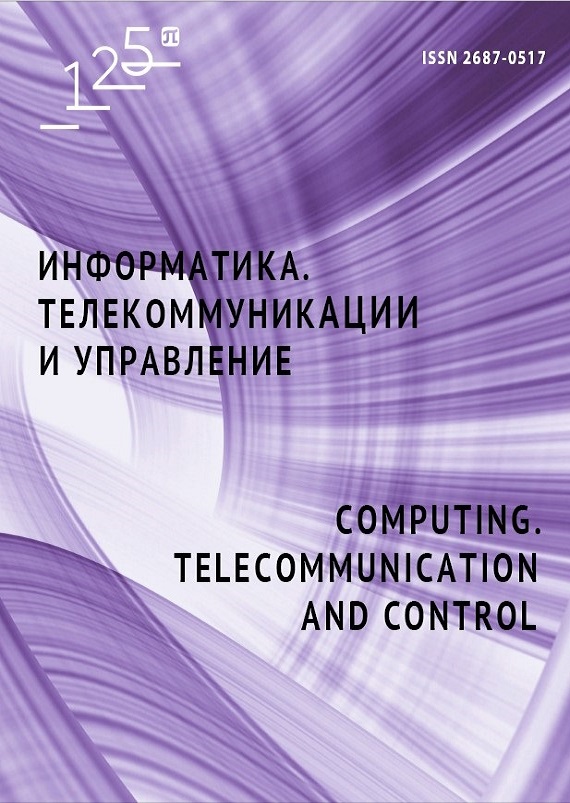Secondary Surveillance Radar Signals Processing at the Remote Analysis Station
The paper considers a method of remote control for Secondary Surveillance Radar (SSR) systems based on using a Remote Analysis Station (RAS), which analyzes the request and response signals for the purpose of locating aircraft and comparing the results with the performance of the controlled systems. We have identified the sources of the errors that affect the accuracy of the Remote Analysis Station (RAS) and established the level of these errors acceptable for ensuring the required accuracy. The degree of influence that each of the considered types of errors has on the performance of the RAS is determined. The statistics of aircraft position errors by the RAS is explored. The accuracy of the RAS and the controlled monostatic and bisatic SSR for different aircraft position depending on the SSR and receiver positions is compared. The comparison provides recommendations about the RAS location to provide maximum remote control system (RCS) accuracy.


